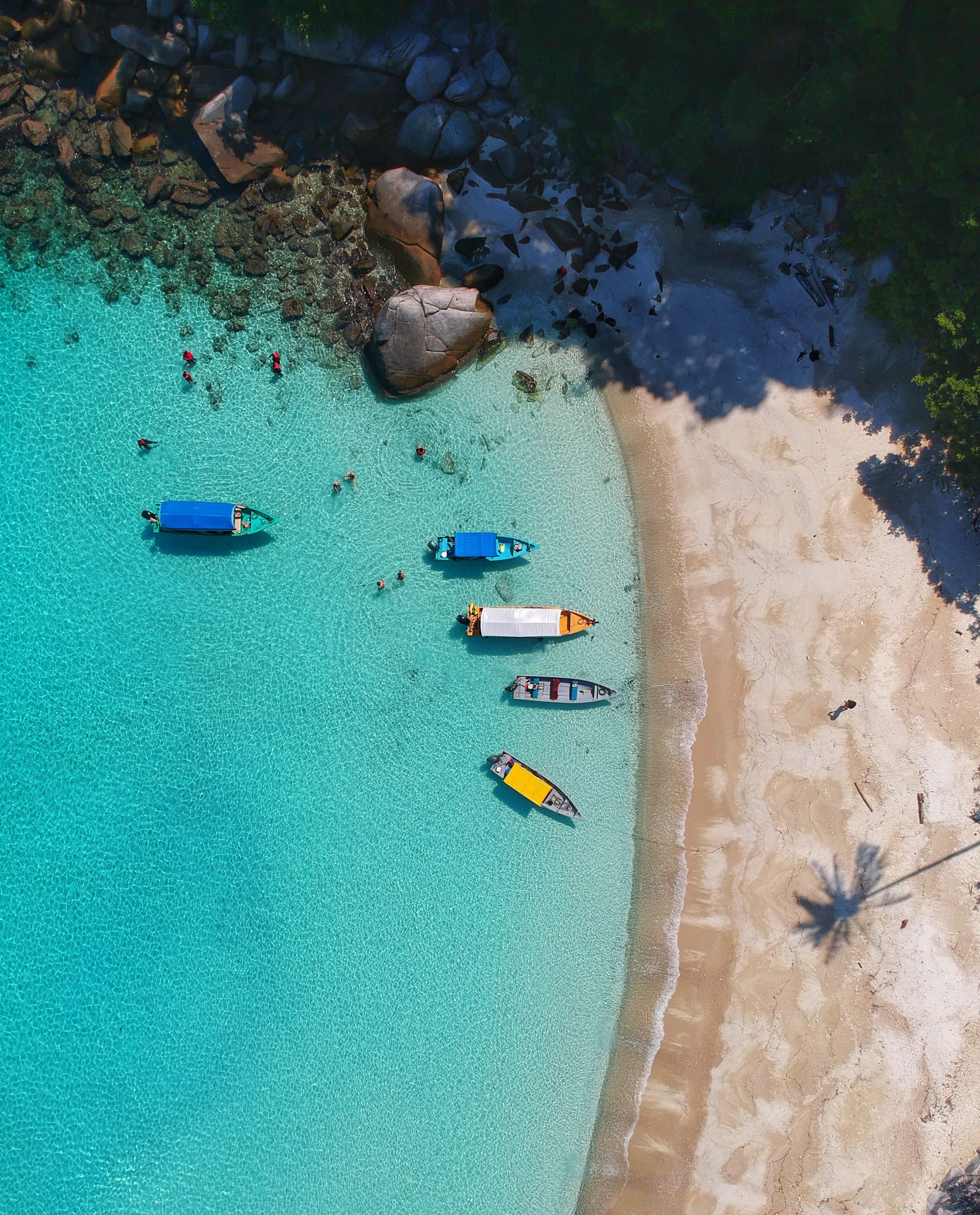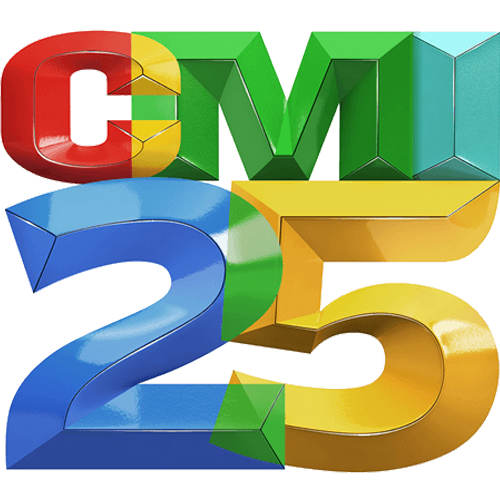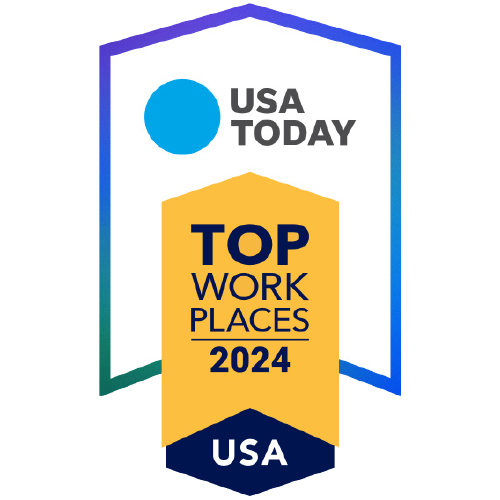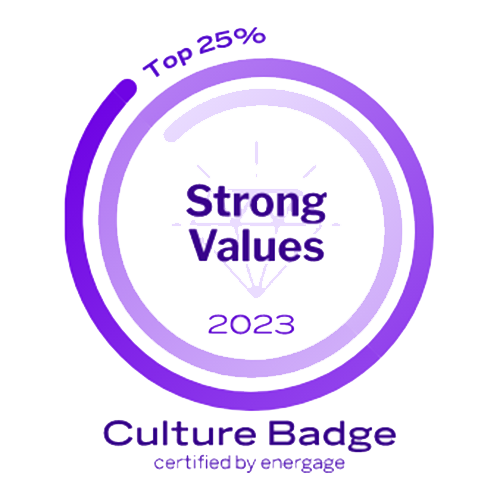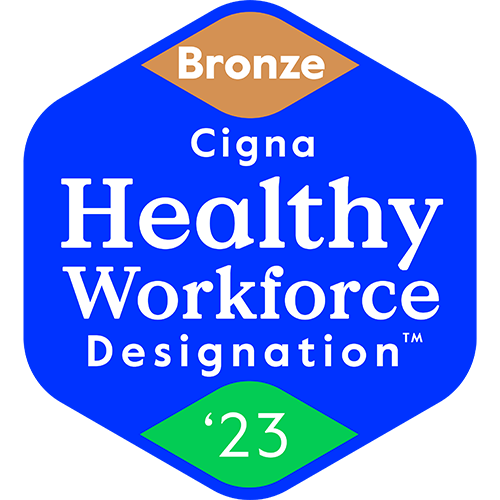Our team was recently struck by a study of over 1,500 Dutch adults, published in Applied Research in Quality of Life, that found people going on a vacation experienced their highest level of happiness in the weeks and months before a trip.
While the study was focused more on leisure travel, the same tenets apply to the corporate world. If building excitement is half the battle, it’s key to approach corporate incentive trips through a marketing lens, assigning them a great, thoughtful brand that can be built on annually — eventually creating a legacy experience that your attendees will look forward to, and want to be involved with, every year.
Because after all — the more your employees get excited to attend the trip, the harder they’ll work to be invited. So, how exactly do you build this excitement? Here are our tips for designing an effective event marketing strategy for your next corporate incentive trip.
1. Clearly communicate the value of the trip.
Great events today are focused on community-building — and incentive trips are all about that, offering a unique environment to connect peers and executives in important, authentic ways.
But community-building can start before the trip even begins. After all, according to Transformative Travel, companies that executed a well-planned incentive program saw a 64% increase in employee engagement — which leads to more productive, happy employees.
Our biggest tip? Put some effort into launching the incentive program, engaging employees with fun videos and other visuals of the destination, along with showcases of previous trips. What’s more, lean on previous winners to advocate for the trip and highlight its value.
2. Build a legacy experience that generates FOMO.
Make your incentive trip something employees want to be a part of every year. One way to do it? Give the program a name, theme, and visual identity that can be used to promote it year-round. Make it creative, easily shareable, and something your employees will remember with positive associations — ensuring they’ll strive to be a part of it.
3. Ensure your employees are thinking about it year-round.
Keep the trip top of mind so it serves as a powerful motivator for your potential attendees. Consider weekly or monthly emails about the trip, showcasing different experiences employees might be able to partake in, or stories from previous winners about the positive experiences they had on an incentive trip.
4. Pay attention to incentive trends — and your company’s culture.
Stay on top of trends to see what locations are big, what event design is resonating, whether CSR is a popular activity, how much leisure time is desired, and more. For example, we’ve found that in 2023, incentive travel participants are drawn to authentic experiences, sustainable practices, and destinations that are relatively close to home.
Also, consider your company culture when planning a trip. If employees are intimidated by a highly active, sports-filled vacation, they won’t be eager to attend; on the flip side, if your company culture is more physically active, they may not want a simple beach trip. Your best bet? Offer a range of activities to fit different personality types and athletic abilities — and be sure to make the team aware of the different offerings!
5. Start thinking about next year’s trip while you’re still on site.
It’s easy to suffer from short-term vision — but think of your corporate incentive trip as something that’s built to last. Document your experience! Send a photographer and videographer, and use the material they capture to market next year’s event.
What’s more, take notes during the trip on what’s working and what can be changed in future years. Don’t plan the same trip year after year — instead, build on what you learned to make each experience unique and unforgettable, and something your employees will want to work towards every year.



